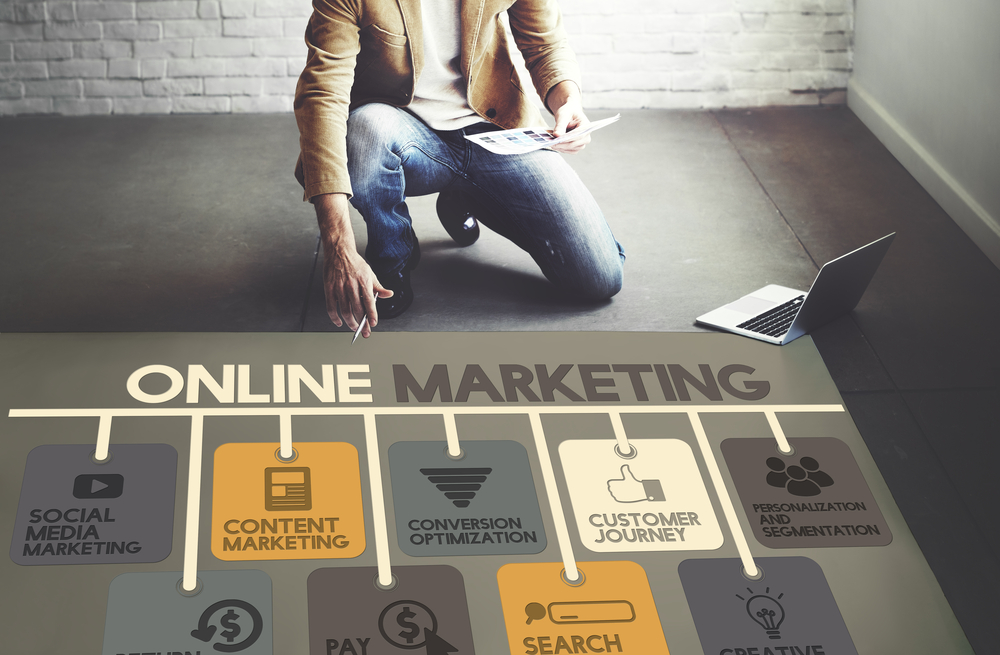
How Can Marketers Use the Law of Least Effort to Streamline the Customer Journey?

In today’s fast-paced world, customers crave simplicity. The Law of Least Effort, a principle rooted in behavioral psychology, suggests that people naturally gravitate toward paths that require the least amount of physical or mental energy. For marketers, this means that every interaction within the customer journey should be as streamlined as possible to encourage engagement and conversions. By reducing friction and minimizing effort, businesses can create a seamless experience that resonates with customers, leading to higher satisfaction and loyalty.
What is the Law of Least Effort?
The Law of Least Effort, also known as the Principle of Least Effort, states that people will choose the path that requires the least amount of effort. This principle is visible in everyday behaviors, from taking shortcuts to opting for the easiest way to complete tasks. When applied to marketing, the Law of Least Effort means creating a customer journey that eliminates unnecessary steps and provides clear, straightforward guidance.
In essence, marketers can leverage this principle to design a customer experience that is intuitive, efficient, and easy to navigate. By doing so, businesses can reduce drop-off points and enhance overall satisfaction, encouraging customers to complete their journey from initial interest to conversion.
Why Streamlining the Customer Journey Matters
The customer journey is no longer linear; it involves various touchpoints across different platforms, from social media and email to websites and mobile apps. Each touchpoint represents an opportunity to engage, but it also presents the risk of losing customers if the experience is too complicated. Here’s why a streamlined customer journey is essential:
- Reduces Friction: By simplifying the customer journey, you remove potential obstacles that can prevent customers from moving forward. This minimizes frustration and encourages customers to complete their actions, whether it’s making a purchase or filling out a form.
- Increases Conversions: A streamlined journey guides customers towards conversion with minimal effort. When customers can navigate a process with ease, they’re more likely to complete their transactions.
- Enhances Brand Perception: A smooth and efficient customer journey reflects positively on your brand. It shows that you value your customers’ time, making them more likely to trust and return to your business.
How to Apply the Law of Least Effort in Marketing
Applying the Law of Least Effort requires a deep understanding of your customers’ needs and preferences. By analyzing customer behavior and identifying areas of friction, you can create a journey that is both efficient and enjoyable. Here are some strategies to consider:
1. Simplify Navigation
Website navigation should be intuitive, with clear menus, search functionality, and easy access to key pages. A well-designed website minimizes the effort required to find information, allowing customers to navigate your content without confusion. For example:
- Use Clear Labels: Make sure each section of your website is labeled in a way that accurately reflects its content.
- Prioritize Important Pages: Ensure that high-traffic pages like product listings, checkout, and contact information are easily accessible from the homepage.
2. Streamline Checkout Processes
One of the most common points of friction in the customer journey is the checkout process. By simplifying it, you can reduce cart abandonment and increase conversions. Some ways to achieve this include:
- Offer Guest Checkout: Allow customers to make a purchase without creating an account, which eliminates a step and speeds up the process.
- Minimize Form Fields: Ask only for essential information during checkout. Every extra field can create resistance, so stick to what’s necessary.
- Use Autofill Options: Implement autofill options that allow customers to quickly enter their information, reducing typing time and effort.
3. Provide Clear Calls to Action
Effective calls to action (CTAs) are crucial for guiding customers through the journey. CTAs should be prominent, concise, and easy to understand. Use action-oriented language that communicates the next step, such as “Shop Now,” “Learn More,” or “Get Started.” Additionally, placing CTAs strategically on high-traffic pages increases the likelihood of conversions.
4. Optimize for Mobile
With the majority of users accessing content on mobile devices, a mobile-friendly design is essential. Mobile optimization ensures that customers can easily browse, navigate, and complete actions on any device. Here are some mobile optimization tips:
- Responsive Design: Use a responsive design that automatically adjusts to different screen sizes.
- Optimize Load Times: Slow-loading pages create friction, so optimize images, scripts, and other elements to ensure fast loading on mobile devices.
- Prioritize Touch-Friendly Elements: Buttons and links should be large enough for users to tap with their fingers, providing a seamless mobile experience.
5. Personalize the Experience
Customers are more likely to engage when they feel that the experience is tailored to them. Personalization can range from product recommendations to targeted email campaigns based on browsing history. By anticipating customers’ needs, you can provide a more relevant experience that feels effortless. Examples of personalization include:
- Dynamic Content: Display content that aligns with customers’ past behaviors, such as showing recently viewed items or related products.
- Customized Email Marketing: Segment your email lists and send personalized messages that resonate with different audience groups.
Leveraging Marketing Psychology with the Law of Least Effort
At Golden Seller Inc., we specialize in applying marketing psychology principles, like the Law of Least Effort, to create customer journeys that resonate. We know that simplifying each interaction and minimizing mental load can greatly impact customers’ decision-making. By understanding psychological triggers and reducing friction, we can craft experiences that intuitively guide customers towards conversions. For example, we use the power of visual cues, color psychology, and cognitive biases to subtly influence customer behavior and drive engagement at each touchpoint.
Tools to Streamline the Customer Journey
Various tools can help marketers apply the Law of Least Effort in a practical way. Here are a few that can make a significant difference:
- Customer Journey Mapping: Tools like Lucidchart and Smaply allow marketers to visualize the customer journey and identify areas of friction that need improvement.
- Analytics Platforms: Platforms such as Google Analytics and Hotjar provide data on user behavior, helping marketers understand where customers encounter difficulties.
- Personalization Engines: Personalization platforms like Dynamic Yield and Optimizely enable you to deliver tailored experiences based on user data, simplifying the customer journey by providing relevant content.
How We Can Help
At Golden Seller Inc., we’re experts in leveraging the Law of Least Effort to streamline the customer journey. By applying marketing psychology principles and using advanced tools, we help our clients create intuitive, friction-free experiences that drive results. Whether you’re looking to optimize your website, enhance mobile usability, or personalize customer interactions, our team has the knowledge and experience to guide you. Contact us today to learn how we can simplify your customer journey and improve your marketing effectiveness.




